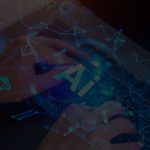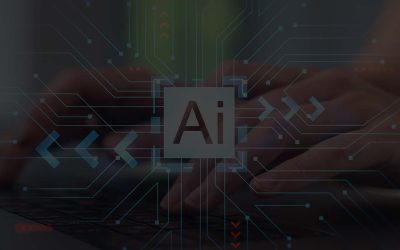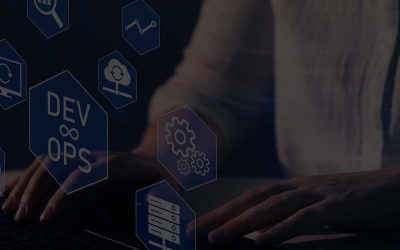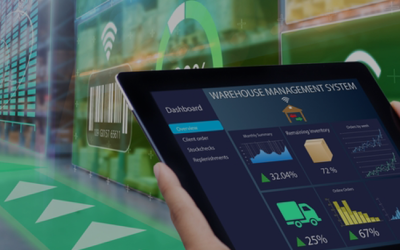Evolution of IT Service Desk Operations (SDOps)
During the late 80s and 90s, IT Helpdesk was a different beast as compared to what we have today. It acted as a single point of contact for users’ IT issues/ requests. Terms such as “catch and dispatch” and “log and flog” became prevalent and are being used to date.
With rapid adoption ITIL framework, the focus shifted to services and management (business outcomes). This resulted in a gradual change from IT Helpdesk to IT Service Desk, which is now equipped with multiple channels that end-users could use for requesting support services. It has also enabled and empowered the end-users to solve a certain level of issues themselves.
Technology has made quantum leaps over the past decade, but the majority of the organizations continue to operate with the dated model when fewer things went wrong with IT. The onset of the pandemic in early 2020, drove the CIOs to think digital and move towards an operation that encouraged “Shift-left” and “Remote”.
The modern Service Desk Operations or “SDOps” (as we like to call it), offers an intelligent “first line” of entry point into IT Organisation comprising of Artificial Intelligence (AI) enabled automated solutions that users can access with Zero-human touch. To reduce the involvement of human agents, it is anchored around self-service and self-healing initiatives. Some of these enabling tools/ trends are listed below:
- AI and NLP powered Chatbot – Empowering the end-user to converse with a chatbot to get their issue resolved via self-service
- Digital Experience Management (DEM) – allows organizations to develop a deep, continuous understanding of each employee’s needs across the entire digital enterprise. The DEM platform is capable of Service Desk diagnosis & remediation, Root cause analysis, Proactive Endpoint Services, and Asset Optimization
- Automation and orchestration capabilities – From the use of simple scripts to the use of RPA for simulating human-like activities for resolution of issues
- Integrated IVR based telephony – AI-based telephony option to intelligently redirect the calls to appropriate resolver groups
- Remote support and Augmented Reality – enables users to leverage both smart technologies and a remote expert at a world-class service desk to resolve their issues
Adopting a “shift-left” approach enables issue resolution close to the end-user, thereby, bringing in an enhanced end-user experience and reducing the wait time. This directly impacts the cost of dealing with the incidents and enhances the services levels. The productivity of the business end-user improves significantly, and they are motivated to resolve the issues themselves, rather than reaching out to the service desk.
What the future holds?
Post pandemic, organizations have begun to realize the power of “shift-left”, which results in minimum human interaction and resolution closer to the users, at the IT service desk. This has propelled a rise in the adoption of AI-enabled capabilities, automation, and knowledge management capabilities. AI interfaces will eventually become an integral part of SDOps in the next few years, providing the end-users with a self-learning robotic bot as an alternative to a human agent. This will lead the way in Value Demonstration, enhancing and enriching End-User Experience.
As we move ahead, the operational cost for running an IT Service desk is expected to drop as AI interactions will mature and provide round-the-clock support to end-users without the need to have human agents covering a 24×7. Moreover, AI-based interactions at Level 0 going to cost less, thus, incentivizing the organizations to drive adoption of new technologies at the end-user level. The rate of technological development in the current day and age would result in IT Service Desk becoming more of a facilitator ensuring that all the end-user services ‘just work’.
ITC Infotech’s E3 framework provides a strong foundation for the ‘Digital Workplace’ to be leveraged, a differentiated framework for transforming the end-user workplace. This framework comprises of
- Experience: Identify User experience journeys through Value Stream Mapping
- Efficiency: Drive Extreme Automation for an efficient self-service experience
- Effectiveness: Accelerate adoption for benefit realization
Author:
Abhimanyu Pandey
Lead Consultant – INFRA,
ITC Infotech











